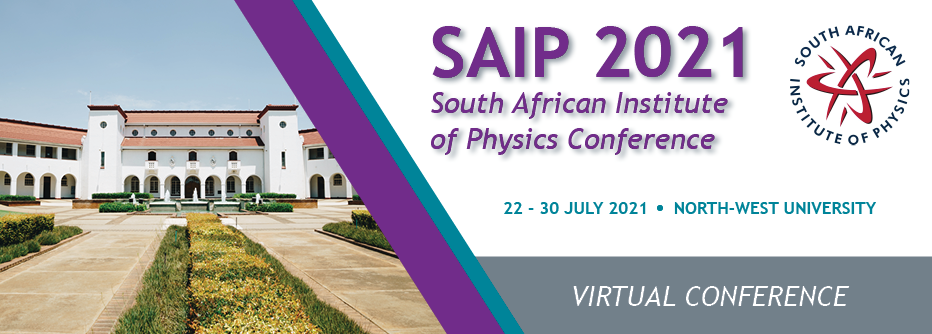Speaker
Description
Radon is a non-reactive, naturally occurring gas that is released during the decay of uranium-238 (238U) to radium-226 (226Ra) then radon-222 (222Rn). Radon is colourless, odourless and invisible and it can be found in air, soil, water and building materials. Its presence can only be detected by the use of detectors that can give out its concentration levels. This radioactive gas can be measured by following two different measurement techniques, the active or passive technique. In this study, three types of radon detectors (2 passive and 1 active) were deployed at the Centre for Applied Radiation Science and Technology (CARST), North-West University (NWU) Mafikeng Campus to measure the radon concentration in the laboratory waste room that stores radioactive waste materials.
The three radon detectors used were the AphaGUARD model PQ 2000 radon detector, Airthings radon detector and Solid-State Nuclear Track Detector (SSNTD). The detectors were deployed for the same duration of three months. Results showed that the AphaGUARD measured a minimum radon concentration of 37.98 Bq/m3, the SSTND measured a maximum of 76 with Bq/m3 and lastly, Airthings measured a maximum of 34 Bq.m3. The average radon levels obtained from the Airthings wave plus monitor and the AlphGUARD are within a comparable range compared to the passive SSTND results. Results from all measurements are however not displaying alarming levels as they are below the recommended World Health Organization (WHO) reference level of 100 – 300 Bq/m3.
Keywords: Indoor radon concentration, Radioactive Waste material, Gold/Uranium Mining dumps, Reference levels, Lung cancer.
Apply to be considered for a student ; award (Yes / No)?
Yes
Level for award;(Hons, MSc, PhD, N/A)?
Masters

